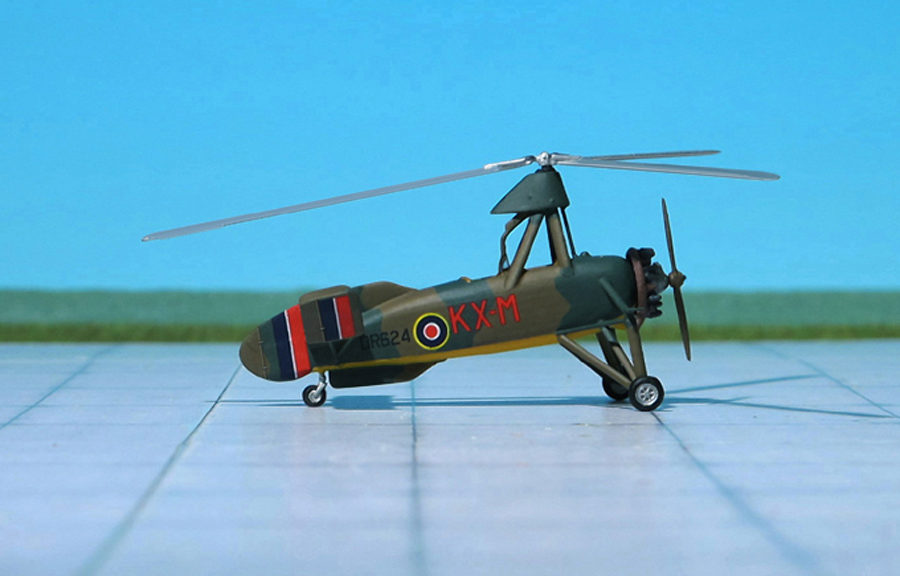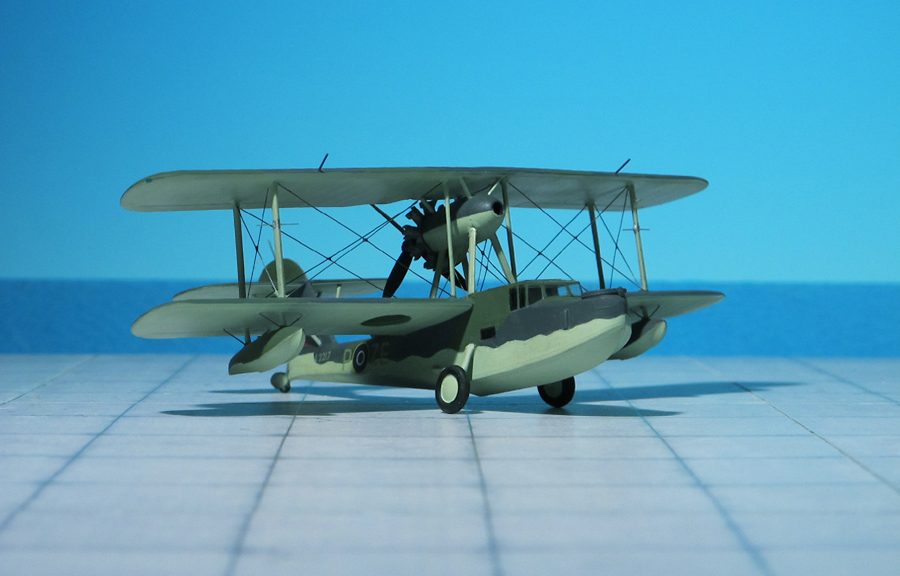TYPE: Autogyro
ACCOMMODATION: Pilot and passenger/observer
POWER PLANT: One Armstrong Siddeley Genet Major IA radial engine, rated at 140 hp
PERFORMANCE: 110 mph
COMMENT: The Avro 671 Rota Mk. I autogyro based on the Cierva C.30 designed by Juan de la Cierva in Spain and built under licence in England by A V Roe & Co Ltd.
Avro obtained the licence in 1934 and subsequently built 78 examples under their model designation, fitted with an Armstrong Siddely Genet Major IA (known in the RAF as the Civet 1) 7-cylinder radial engine producing 140 hp . The first production aircraft was delivered in July 1934.
The first production design in the series was the C.30A, a radial-engined autogyro with a three-blade, 37 ft rotor mounted on an aft-leaning tripod, the control column extending into the rear of the two cockpits. The engine was the five-cylinder, 105 hp Armstrong Siddely Genet Major I. The fabric-covered fuselage carried an unbraced tail plane, without elevators but with turned-up tips. The port side of the tail plane had an inverted aerofoil section to counter roll-axis torque produced by the propeller. As with most autogyros, a high vertical tail was precluded by the sagging resting rotor, so the dorsal fin was long and low, extending well aft of the tail plane like a fixed rudder and augmented by a ventral fin. The wide-track undercarriage had a pair of single, wire-braced legs and a small tail wheel was fitted. This model flew in April 1933. It was followed by four improved machines designated C.30P (P here for pre-production) which differed in having a four-legged pyramid rotor mounting and a reinforced undercarriage with three struts per side. The rotor could be folded rearwards for transport. The C.30P used the more powerful140 hp Armstrong Siddely Genet Major IA radial engine.
Twelve C.30A’s built by Avro for the Royal Air Force (RAF) entered service as the Avro 671 Rota Mk.I. The twelve were delivered between 1934 and 1935. They equipped the School of Army Co-operation at RAF Old Sarum near Salisbury. At least one RAF C.30A was on floats as a “Sea Rota” in January 1935
Many of the surviving civil aircraft were also taken into RAF service between 1939 and 1940. In 1940 they equipped 1448 Flt at RAF Duxford. Later they equipped 529 Sqn at RAF Halton on radar calibration work, disbanded in October 1945, the twelve survivors were sold on to civilian owners (Ref.: 24).

























